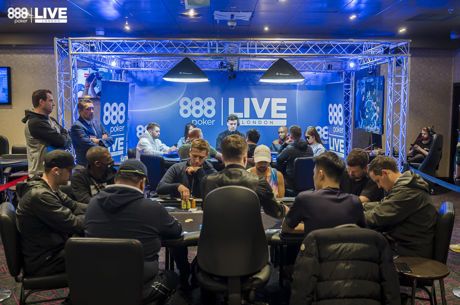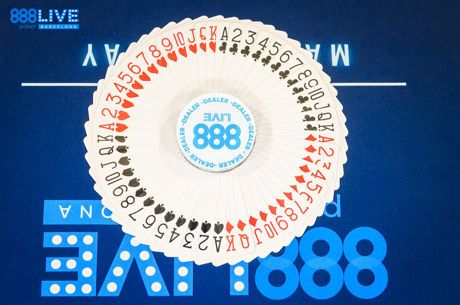Reading Poker Tells Video: Immediate Calls

(This article is part of a series. Each article discusses a specific poker behavior and features a short sample clip from Zachary Elwood’s Reading Poker Tells Video series.)
When a player makes an immediate call on the flop or turn, this makes it unlikely the player has a strong hand. Immediate calls will make medium-strength hands, weak hands, and draws more likely.
Below is a video sample from my poker tells video series showing a couple of immediate calls.
Reasons
What are the reasons for this pattern?
When most players flop or turn a strong hand, there is an incentive to think about the hand. Strong hands don’t come around too often, so when they do most players want to consider the optimal way to play the hand and extract the most value. Immediate calls make it less likely that the player has something to think about.
Also, even if they make up their mind they want to call immediately with a strong hand, there can be an incentive to not make the call seem obvious. This also increases the chances that a player who is slow playing a strong hand will pause a little bit.
- Immediate calls make draws less likely for aggressive players.
For aggressive players, this behavior can be even more helpful than for more passive, tighter players. In the case of aggressive players, this behavior makes draws less likely, as well as strong hands.
For example, let’s say a very aggressive player immediately calls a continuation bet on a board of 10♥9♠5♥. Because most very aggressive players will at least consider a raise with flush draws and straight draws, an immediate call makes those hands less likely. While there still may be some gutshot draws or low flush draws in the player’s range, the strongest draws have become quite unlikely.
This can be helpful in calling later bets from aggressive players who make immediate calls on the flop or turn, trying to represent a flush or straight that got there.
- Immediate calls make draws more likely for passive players.
You can’t make these same assumptions about passive, tighter players, though, because they are not the types to consider raising with their draws. Immediate calls from these more passive players will often be draws of various sorts. In fact, in some situations, immediate calls will make draws more likely than made hands.
Here’s one example of how this can work:
A fairly tight, passive player calls a flop c-bet from the preflop raiser, and then immediately calls a pretty big turn bet on a board of 10♠7♣4♠. If this player had a one-pair hand (like Ax10x, 9x9x, and maybe even JxJx), it’s likely he’d at least consider the situation for a moment, because he’s fairly tight and he would likely be thinking about his opponent having overpairs.
With a good read of your opponent’s playing style, a spot like this, with him snap-calling the turn, makes strong flush draws much more likely than they would be without that behavior.
Factors
Here are a few factors that can influence the behavior or influence your interpretation of it:
Length of time to think. The behavior is more likely to be meaningful the less time they’ve had to think. One example: if a player’s opponent thinks a very long time before betting the flop, and the player calls, this is less likely to adhere to the pattern than if his opponent had immediately bet, just because the immediate caller has had more time to think about what to do.
Board texture. The more wet the board is (i.e., the more draw-heavy it is), the more the behavior is likely to fit the pattern. This is because strong hands on draw-heavy boards are more vulnerable, making it even more likely that players with strong hands will at least consider raising. For example, let’s say your opponent calls immediately on that same draw-heavy board from above — 10♥9♠5♥. This is super-unlikely to be a set or two pair. Whereas if the board was dry, like Q♥8♠2♦, it becomes more possible that a player would immediately decide to just call with a set or top two pair.
Experience level of opponent. The more experienced an opponent is, the less likely you should take this behavior into account, because it becomes more likely they are aware of the pattern. (Still, I’ve seen some very experienced players be imbalanced with their call-timing.) Below is a short clip of Hevad Khan talking about an immediate call he made in a hand from the 2007 World Series of Poker Main Event, where he was trying to use that behavior as a reverse tell.
Reading Poker Tells Video Series: This has been an article featuring information and a video sample Zachary Elwood’s poker tells series (as well as a clip from the World Series of Poker). You can sign up for a free 3-part email course on the front page of this site: www.readingpokertells.video. Signing up for the email course also gets you a 15% discount off of any of the video series packages.









